From Idea to Impact: How AI Can Turn Your Raw Footage into a Masterpiece
In today’s digital age, social media marketing and content creation have become essential tools for businesses and creators alike. Whether you’re promoting a brand, sharing a personal story, or building an online presence, video content is the king of engagement. But let’s face it—creating high-quality videos isn’t easy. From sifting through hours of raw footage to perfecting every cut and transition, the process can be time-consuming and overwhelming.
Enter AI video editing, a revolutionary solution that’s changing the game. Tools like the AI video editor are making it easier than ever to transform raw footage into polished masterpieces. By automating tedious tasks and offering intelligent features, AI helps creators focus on what truly matters: telling their story.
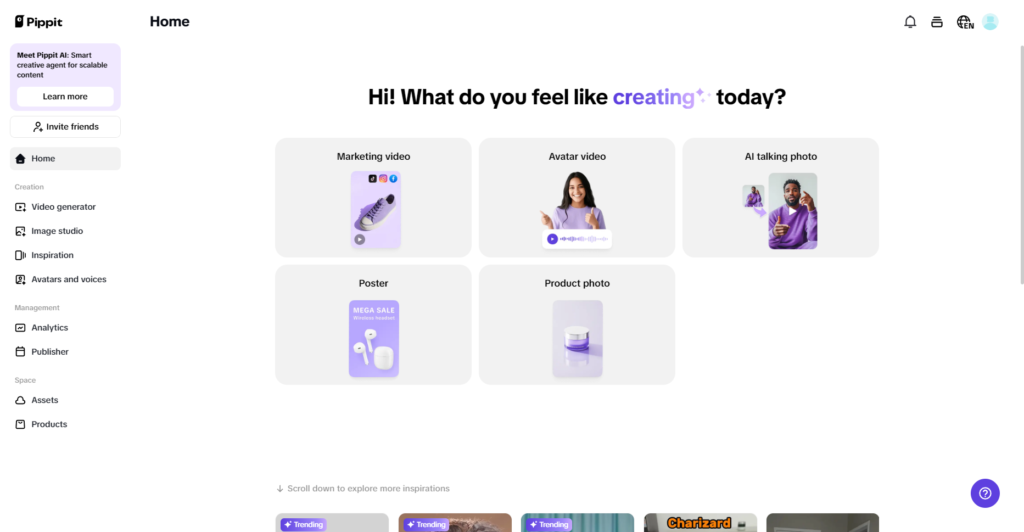
Revolutionary AI features changing the video editing game
- Effortless editing: Speed meets precision
AI-powered video editing tools can automatically cut, trim, and arrange footage to create a polished final product. The software analyzes raw footage and organizes it according to predefined styles, content, or audio cues. This saves time and eliminates the need for manual edits, ensuring a seamless video flow. AI learns from past projects, applying consistent style throughout. Whether for social media or brand content, automated editing speeds up the process without sacrificing quality.
- Stunning visuals: AI-enhanced effects and filters
AI algorithms enhance video visuals by applying automatic adjustments like color grading and lighting correction. It can analyze the footage’s exposure, contrast, and saturation, offering cinematic-level polish with minimal effort. Creators can apply artistic filters or style-based effects to give their content a professional edge. These automatic adjustments ensure consistency across videos, making it easy for creators to maintain a cohesive look. AI helps users achieve sophisticated visuals without needing expert editing skills.
- Inclusive content: Speech-to-text and subtitle generation
AI transcription tools automatically convert spoken words in videos into accurate subtitles. This process improves accessibility for viewers who are deaf or hard of hearing and ensures better engagement with a global audience. AI can recognize different languages and accents, making subtitles more accurate and efficient. By adding subtitles, you also improve SEO and reach across various platforms. AI helps save time by eliminating the need for manual transcription and subtitle adjustments.
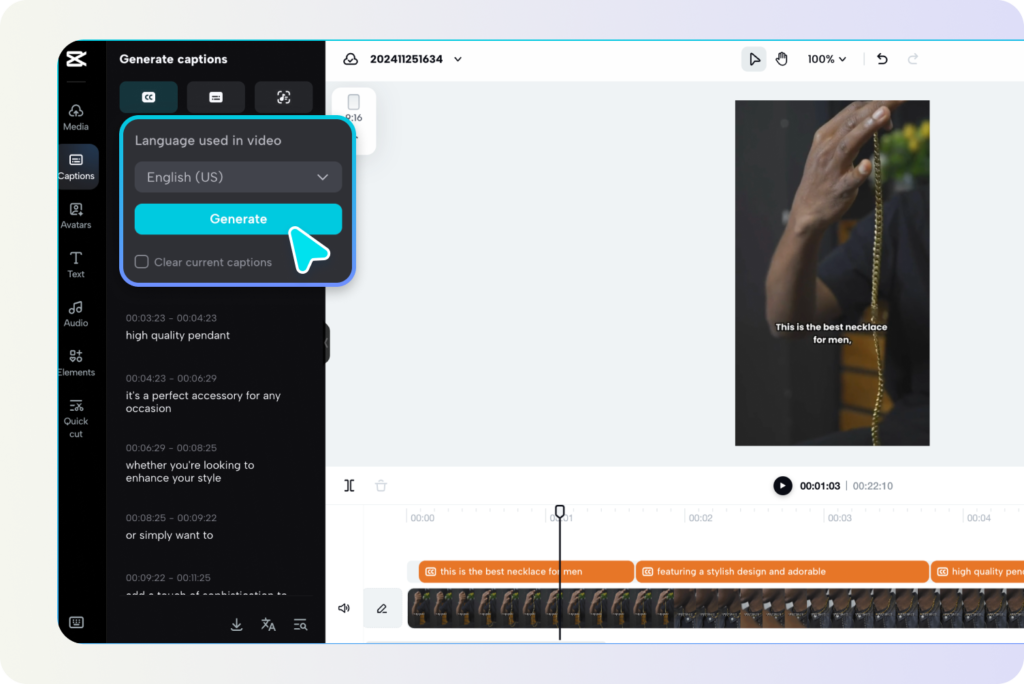
- Crystal-clear audio: Smart sound editing
AI enhances the audio experience by detecting and reducing unwanted background noise in video clips. It also balances audio levels and suggests music tracks that complement the visuals. This is particularly beneficial for creators who lack professional sound editing skills, as AI makes the process effortless. Audio adjustments are automated, ensuring polished, professional sound without manual intervention. The result is clean, clear audio that elevates the overall video production.
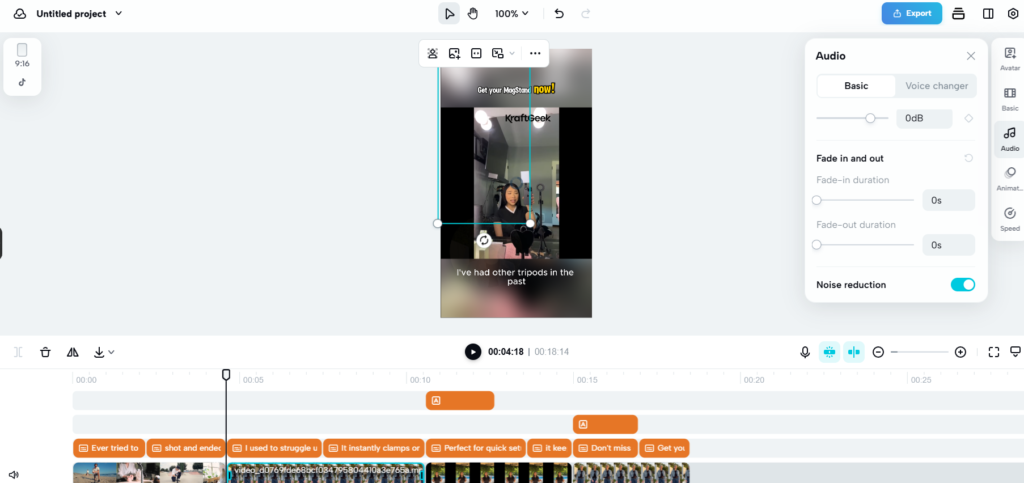
- Focus on what matters: Content recognition and object tracking
AI-powered tools can recognize faces, objects, and actions within video footage. This capability makes tagging, organizing, and focusing on specific elements much easier. For example, if you have a video with several moving objects, AI can track their movements to ensure they stay in focus. Object tracking is useful for action scenes, sports footage, or any content with dynamic elements. It simplifies the editing process by automatically managing key visual components, saving you time.
- Quick highlights: Automated scene detection and summarization
AI tools can automatically detect scene changes in long videos, cutting them into manageable segments. This feature allows creators to quickly find the best parts of the video without reviewing hours of footage. AI summarizes lengthy clips, generating shorter, more engaging videos for social media or marketing. This is especially valuable for content creators who need to produce quick, attention-grabbing content. With AI’s help, you can efficiently create highlight reels, teasers, or promotional videos.
- Tailored to you: Personalized editing suggestions
AI learns from your editing habits, suggesting adjustments based on your style. Over time, the software identifies your preferences, such as color grading or transitions, and applies them automatically in new projects. This makes the editing process faster and ensures consistency across multiple videos. For example, if you frequently use the video trimmer to create snappy, fast-paced clips, AI will remember this and suggest similar edits in future projects. As you continue to use AI tools, the software becomes more tailored to your workflow, helping you maintain a cohesive brand aesthetic with less effort.
AI in action: Real-world Applications of video editing
AI-powered video editing tools are already transforming video production across industries. From streamlining workflows to enhancing content quality, AI is reshaping the way content is created. Let’s explore some real-world applications of AI in video editing.
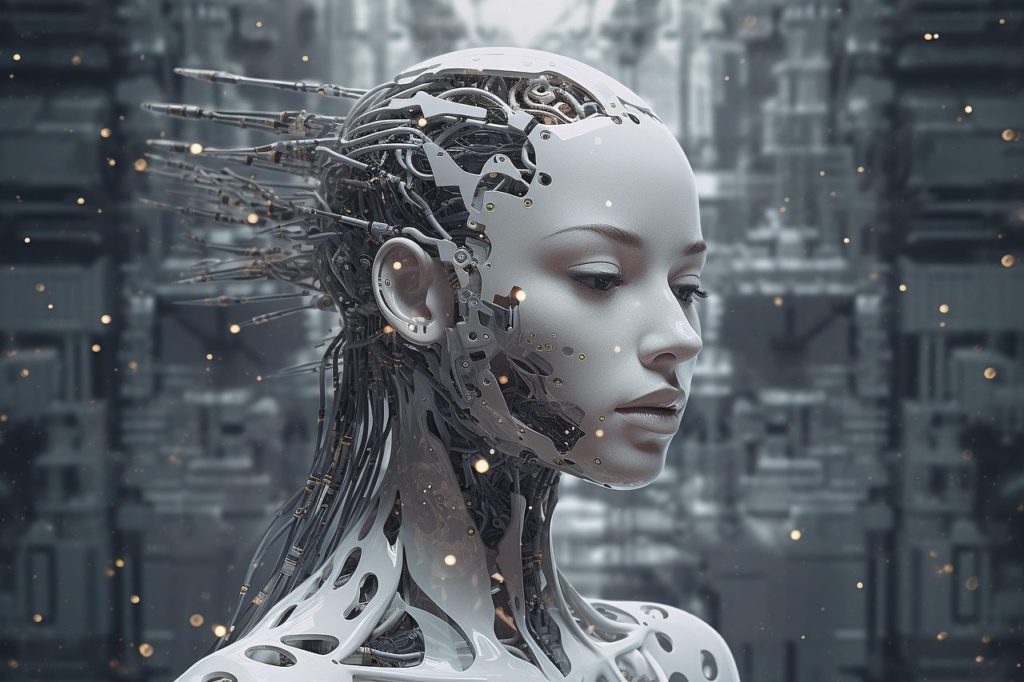
- Social media content creation
Social media creators use AI to quickly produce engaging videos without compromising quality. AI automates tasks like trimming, adding subtitles, and applying filters, saving time. This allows creators to focus on their message and connect with their audience. Platforms like Instagram, TikTok, and YouTube benefit from faster content creation.
- Marketing and advertising
Businesses use AI to generate polished promotional videos and ads in less time. Automated scene detection and content recognition help tailor videos for various platforms. AI ensures businesses can create engaging content quickly and maintain consistency across campaigns. It streamlines the video editing process, boosting efficiency in marketing efforts.
- Educational and training videos
AI tools help educators create accessible and engaging learning content. With automatic subtitles, transcriptions, and key point highlights, learning materials become more efficient. AI allows faster production of tutorials, training videos, and online courses. Educators can focus on content quality while AI handles editing.
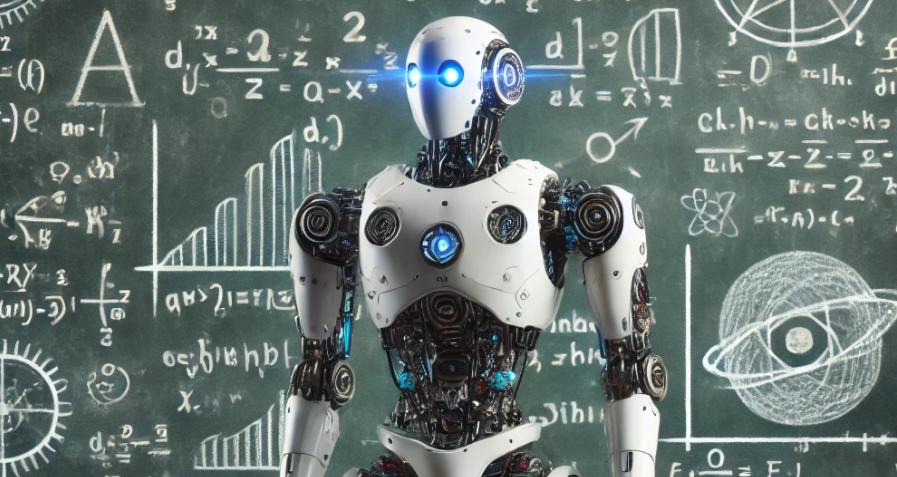
- Corporate communications and internal presentations
AI tools make editing corporate videos and presentations easier and faster. Automated audio adjustments and scene detection ensure professionalism in internal communications. Businesses can maintain consistency across videos while saving time on production. This boosts efficiency in delivering key messages to employees or clients.
- Event highlights and recaps
AI simplifies creating event highlight reels by automatically identifying key moments. This is especially useful for fast-paced events like sports, conferences, or concerts. AI helps condense long footage into engaging short videos. Event professionals can deliver high-quality recaps in a fraction of the time.
- Film and video production
In film production, AI aids with tasks like color grading, sound editing, and visual effects. It helps organize large amounts of footage, making editing more efficient. While it doesn’t replace professional editors, AI enhances post-production workflows. Filmmakers can focus on creativity while AI speeds up technical tasks.
Video editing reimagined: The AI-powered future
As AI continues to evolve, the future of video editing will be marked by more sophisticated, efficient, and creative tools. Let’s look at five key trends shaping the future of video editing with AI.
- Smarter editing tools: AI-powered video editing tools will become increasingly intelligent, learning from more data and adapting to the creator’s style. This will enable even more personalized edits, allowing AI to automate complex tasks while maintaining high creative standards.
- Real-time editing capabilities: The future of AI video editing will likely include real-time editing, where changes are made instantly. This feature will be particularly useful for live events or on-the-go content creation, allowing creators to produce high-quality videos in real-time.
- Enhanced collaboration features: AI tools will improve collaborative video editing, especially in cloud-based environments. Multiple creators will be able to work on the same project simultaneously, with AI offering real-time suggestions, automating tasks, and ensuring seamless coordination between teams.
- Integration with augmented and virtual reality: As AR and VR technologies become more advanced, AI will play a key role in editing immersive content. AI tools will help with creating virtual environments, adding interactive elements, and enhancing the audio to make content more engaging and lifelike.
- Fully automated video creation: AI will enable fully automated video creation, allowing creators to input raw footage, scripts, and other materials, and let the AI handle everything from editing to final production. This will drastically reduce editing time and allow for faster content creation.
Conclusion
In conclusion, AI video editing is revolutionizing content creation by automating tedious tasks and enhancing creative possibilities. From streamlining social media content to transforming film production, AI tools empower creators of all levels. As AI continues to evolve, we can expect even more intelligent, collaborative, and real-time editing features, further democratizing high-quality video production. The future of video editing is undeniably AI-powered, promising a landscape where creativity and efficiency seamlessly converge.













